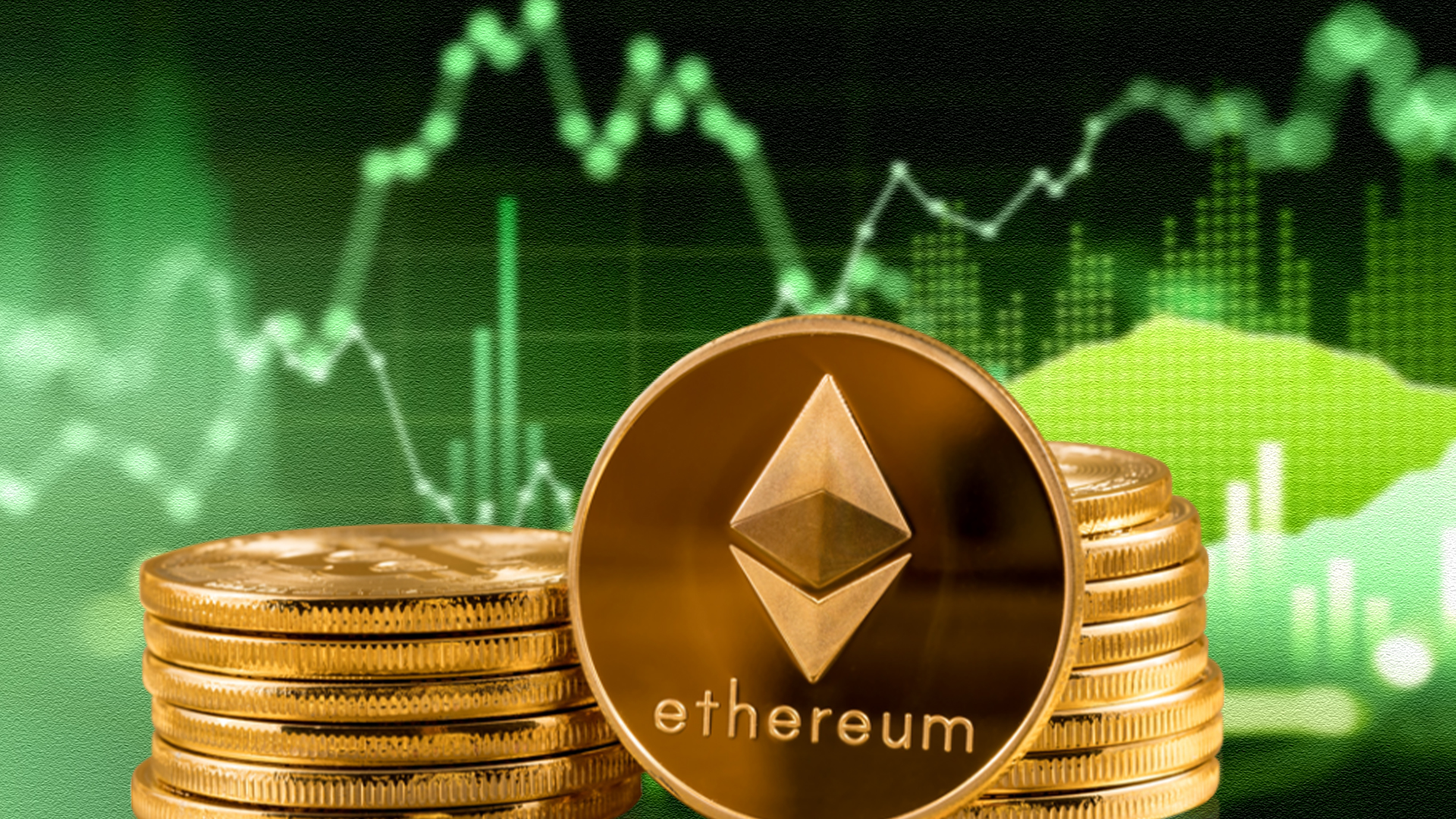With Ethereum, users may conduct transactions, stake their holdings to earn interest, utilize and store non fungible tokens (NFTs), trade cryptocurrencies, play games, access social media, and much more. The Ether coin powers the decentralized Ethereum blockchain network.
If centralized platforms like Apple’s App Store are Web 2.0, then a decentralized, user-powered network such Ether is Web 3.0. This “next-generation web” supports, for instance, decentralized exchanges (DEXs), decentralized financing (DeFi), and decentralized programmes (DApps).
History
Although Ethereum was created by a number of people, Vitalik Buterin was the one who originally published a white paper explaining the concept in November 2013. Following Buterin’s initial work, several individuals contributed to the project in a number of capacities to help it thrive. According to reports, Vitalik Buterin, Gavin Wood, Charles Hoskinson, Amir Chetrit, Anthony Di Iorio, Jeffrey Wilcke, Joseph Lubin, and Mihai Alisie were also involved in founding Ethereum.
Buterin unveiled the concept of the blockchain project to the public during a Bitcoin conference in Miami, Florida, in January 2014, which is how Ethereum came to be known. Later that year, the project raised funds via an initial coin offering (ICO), selling ETH valued at millions of dollars in exchange for cash to be used for project development.
Although ETH tokens were available for purchase in 2014, the Ethereum blockchain did not become live until July 30, 2015, therefore ETH customers had to wait until the network debuted before they could move or spend their ETH.
The Decentralised Autonomous Organisation (DAO), a concept that debuted in 2016, was an Ethereum-based fund that fundamentally decentralized the allocation of assets inside the fund. Users just need to trust a DAO’s code, which is entirely public and verifiable by anybody, rather than anyone else in the group when using DAOs. In essence, interested parties acquired DAO tokens in exchange for sending ETH to a pool of funds within the DAO. At the time, these tokens could be used to cast a vote on how the DAO would distribute its capital reserve. Given that ETH was then valued at $150 million in US dollars, the DAO attracted around that amount of ETH in 2016.
Ethereum in Stocks
As of 4:46 p.m., the price of Ethereum is $1,918.46, a change of -0.63% over the last 24 hours. With the recent changes in Ethereum’s price, the market value of tokens is now $230,600,836,032.73. Ethereum has had a change of 59.05% so far this year. The CoinDesks Digital Asset Classification Standard (DACS) designates Ethereum as a Smart Contract Platform.
How Ethereum functions
Ethereum, like Bitcoin, has its own blockchain where a worldwide network of more than 2.4 million computers known as “nodes” keeps a record of transactions. As long as they have the necessary tools, expertise, and free time, anybody may operate an Ethereum node and take part in network validation.
On the Ethereum network, there are three different categories of nodes that are active.
Full nodes: These execute opcodes, which are instructions for smart contracts, and copy and validate all transactions on the Ethereum blockchain. Miners and full nodes should not be confused (see example below).
Light nodes: These only save a portion of the blockchain’s record, requesting full nodes for the remaining information.
Full archive nodes: These are used for tools like block explorers and record the whole history of the Ethereum blockchain, including prior “states” (or the data on the blockchain).
As a result of intense negative pressure and a general market sell-off, the price of ETH plummeted below $2500 by the end of January 2022. The price of Ethereum continued to decline as a result of the May 2022 cryptocurrency market crisis.1.79
The price of the ETH cryptocurrency has fluctuated wildly since it hit its all-time high in November 2021. The token finally passed the $2000 threshold in 2023 after a protracted wait. The price of Ethereum fluctuated between $2120 and $1700 throughout the previous week. The price of ETH is now hovering at $1,813.
The second-largest cryptocurrency project in the world, Ethereum 2.0, sometimes referred to as “Serenity,” is undergoing a significant upgrade that will switch the network from an evidence of work to a verification of stake architecture.
Analysis
Our technical indicators predict that Ethereum’s 200-day SMA will increase over the coming month and reach $1,796.19 by August 16, 2023. By August 16, 2023, Ethereum’s 50-Day SMA is anticipated to reach $1,962.02.
A well-liked indicator for determining if a cryptocurrency is oversold (below 30) or overbought (over 70) is the Relative Strength Index (RSI) momentum oscillator. The RSI indicator is currently reading 56.03, which means that the ETH market is in a neutral state.
Prediction
2023 Price Prediction for Ethereum
Our Ethereum forecast for 2023 indicates that the coin’s minimum and highest values might be approximately $1,607 and $3,904, respectively.
2025 Price Prediction for Ethereum
Our Ethereum prediction indicates that the currency may have a maximum value of $6,564 and a minimum price of $4,559 by the year 2025.
Price Prediction for Ethereum in 2030
According to our ETC price forecast, the token may trade in 2030 at a top price of $20,643 and a minimum price of $14,340.
